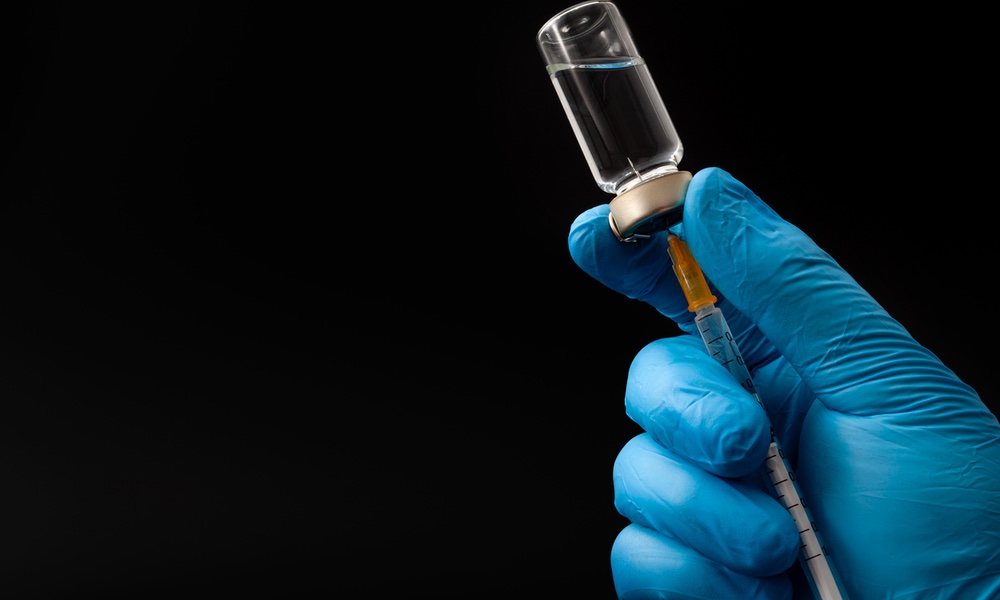It sounds like science fiction, but it's not: A compound in vegetables can protect you from the effects of radiation exposure.
Everyone knows they should eat more veggies, especially cruciferous vegetables, members of the cabbage family. These include broccoli, Brussels sprouts, cauliflower and of course, cabbage.
Aside from having a healthful reputation, studies suggest that you'll live longer if you add these vegetables to your diet. Yet smell, taste and just plain bad dietary habits conspire to stop some people from eating them often. Hopefully, the discovery that they contain a substance that actually prevents radiation damage will be enough to finally tip the scales in their favor.
The compound, DIM, (3,3'-diindolylmethane) has been studied as a cancer protection agent for years. But recently, researchers found that it also protects against large and even lethal doses of radiation, at least in rats.
Even when the first dose of DIM was given 24 hours after radiation exposure, it offered some protection.
DIM was able to protect the rats from up to 13 gray of total body gamma radiation. That's a large dose of radiation that's invariably fatal. And indeed, all exposed rats who did not receive DIM died within 10 days, but over half of the DIM-treated rats were alive at the end of the experiment, 30 days after radiation exposure.
Irradiated rats treated with DIM also had less loss of red blood cells, white blood cells and platelets — side effects often seen in patients undergoing radiation treatment for cancer.
Rats were given injections of DIM 10 minutes after radiation exposure and then once a day afterwards. But delaying the first injection until two hours after radiation exposure was just as effective, as was giving the initial dose 24 hours before radiation exposure. Even when the first dose of DIM was given 24 hours after radiation exposure, it offered some protection (30% survival).
Finally, in several experiments, rats that survived 30 days were observed for up to 90 days, with little or no falloff in survival. The animals appeared healthy and had regained the weight they originally lost after being exposed to gamma radiation.
DIM seems to work by setting a cascade of biochemical events into motion, a rolling sequence that starts with activation of an enzyme called ATM (ataxia telangiectasia mutated).
There are already many uses for a compound that protects people from radiation, particularly one where the first dose can be given either before or after radiation exposure. Cancer patients receiving radiation treatments could benefit, as could workers helping to decontaminate nuclear power plants.
And should the world throw any more Fukushima-esque nuclear disasters, large or small, at the people living in it, such a treatment would certainly come in handy.
The study appears in PNAS, Proceedings of the National Academy of Sciences.




